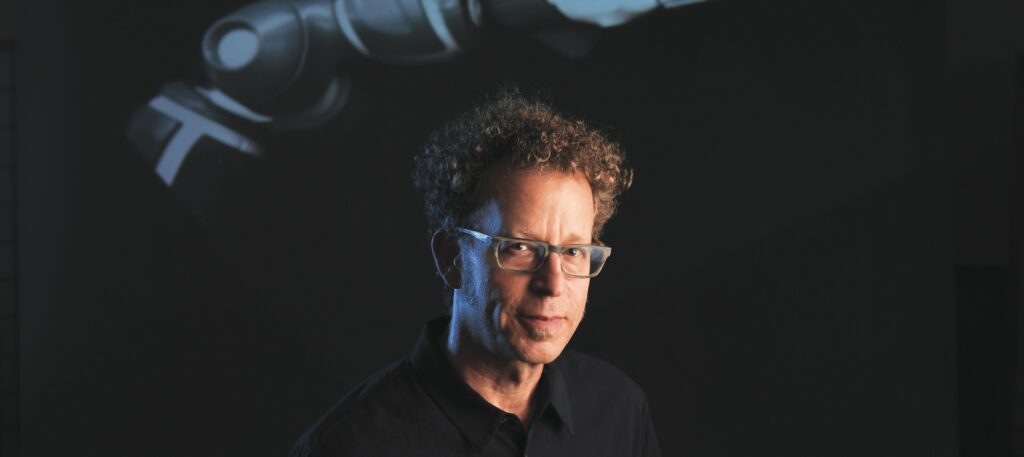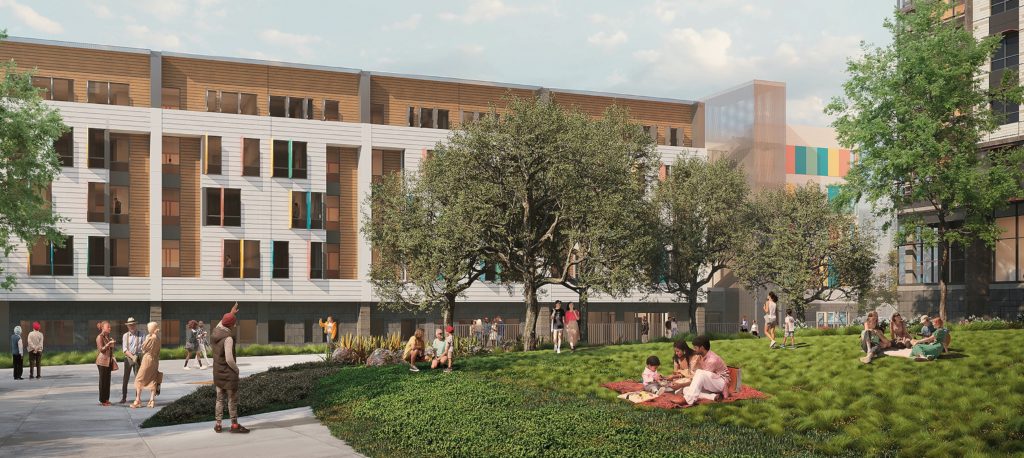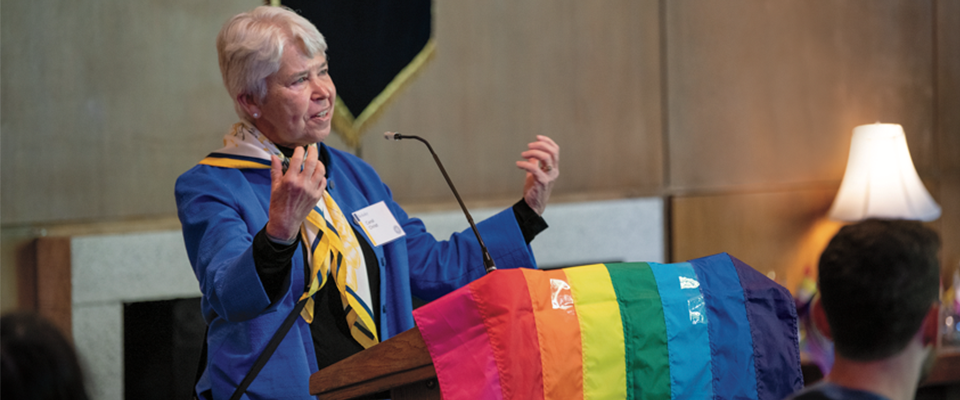Since July 1, 2006, I’ve had the best job in academia: executive vice chancellor and provost at the University of California, Berkeley. The position, both endlessly challenging and exhilarating, is the culmination of a 37-year career as faculty and allows me to give back to the university in ways that stretch beyond research and teaching.
Chief among my responsibilities is to maintain and enhance Berkeley’s identity as the crown jewel of public higher education in the United States. We stand for a unique combination of comprehensive academic excellence and public access for all those who meet the high standards for admission. Though our competitors among the leading private universities can certainly boast of their own academic achievements, only a few can claim a breadth of excellence comparable to ours. In the last National Research Council rankings of graduate programs in U.S. universities, Berkeley led the pack: of our 36 graduate programs that were evaluated, 35 ranked in the top ten in the country.
Maintaining such excellence is not easy, especially in an era of tight budgets. We do not have the luxury of saving money by eliminating weak programs: There are none. Going forward, we must either make do with less or else generate new sources of revenue. Clearly, the latter is preferable.
Last year, we set a record in research funding raised by faculty through grants and contracts from foundations and governmental agencies. We also raised record sums in private gifts to the university. We hope this is merely a prelude to our ambitious Campaign for Berkeley, which will aim to bring in more than twice the money raised in the previous campaign.
The importance of the Campaign cannot be overstressed. Academic research is expensive, and competition for faculty, graduate students, and research funds is intense. The costs extend beyond the sciences and engineering to encompass the social sciences, arts, and humanities as well.
As a large, public university, we owe it to the people of California to maintain our academic excellence. Although we receive about one-third of our funding from the State, those funds support only the core of our academic enterprise by paying the salaries of nearly all 1,700 faculty and about 6,000 additional staff.
We also owe it to the people of California to keep the university accessible to the roughly 6,000 high school graduates and junior college transfers who annually join our undergraduate student body. We have no shortage of applicants to the undergraduate program: more than 60,000 this past year. As those numbers suggest, we are able to be highly selective. The students who make it into our ranks are not only extraordinarily accomplished and promising, they also reflect all the socio-economic strata of California. Roughly a third of our undergraduates come from low-income households (about the same percentage as come from well-to-do households). We afford access to a top-quality university to more students from low-income households than enroll in the entire Ivy League combined.
Many, perhaps most, readers may remember a time when fees at Berkeley were nominal. This has changed during the past two decades. Because the State’s capacity or willingness to increase its subsidy of the UC system has been limited, the rising costs of higher education have had to be borne, at least in part, through fee increases. Berkeley is still a remarkable bargain for California residents. Fees for undergraduates are less than $8,000 per year (excluding health insurance), about one-quarter the amount charged by our private competitors, and still significantly below the amount charged by many leading public universities. Rather than hold down fees, our emphasis is on making sure that the necessary increases do not deter qualified students from applying to or attending Berkeley.
We do not have sufficient scholarship funds to give many “free rides” to undergraduates. Instead, we stratify. This year, students from low-income households, who receive substantial financial assistance to cover fees, health insurance, room, board, books, and so forth, still have to contribute $8,200 to the cost of their education (we call this the “self-help” level); they do this through a combination of loans and work. The more a family is capable of contributing, the larger the proportion of the total bill a student is required to pay. If household income is more than about $90,000 per year, a student is no longer eligible for financial aid.
Some people argue that we should freeze fees at current levels to prevent low-income students from being “priced out of the market.” While well-intentioned, this would have precisely the opposite effect. Our fee structure is redistributive: one-third of the total fees we receive from undergraduates is plowed back into financial aid for low-income students. By current projections, a freeze in fees would not only diminish our ability to maintain academic excellence, it would also, over the next ten years, more than double the amount of money that low-income students would have to contribute to their education. We would not have the additional fees to offset that burden.
Going forward, we are committed to raising hundreds of millions of dollars in the coming Campaign for Berkeley for undergraduate financial aid. We are also considering gradually increasing the percentage of fees that is redirected to financial aid from its current 33 percent to an eventual 40 percent. And we hope to convince the California Legislature to match the sums raised privately for undergraduate financial aid, and thus build an endowment capable of ensuring that both lower- and middle-class students have access to the phenomenal experience of undergraduate education at Berkeley.
Of course, funding is not the only challenge I face as executive vice chancellor and provost. I could have addressed many other priorities on which my colleagues and I spend considerable time each week: enhancing the quality of the undergraduate experience, both inside and outside the classroom; launching new interdisciplinary academic initiatives that address pressing societal and global challenges; improving the technological and capital infrastructure of the campus; instilling in our students a public service ethic through courses that seek to solve social problems and through “service learning” experiences off campus; increasing the number of students who spend a semester or summer abroad and acquire global competence; deepening the sense of community on campus among students, staff, and faculty; and on and on.
All these challenges, and many I have not mentioned even in passing, test our ingenuity. But I’m not complaining. After all, who could ask for a more interesting, exciting job in the service of a worthier institution?




















